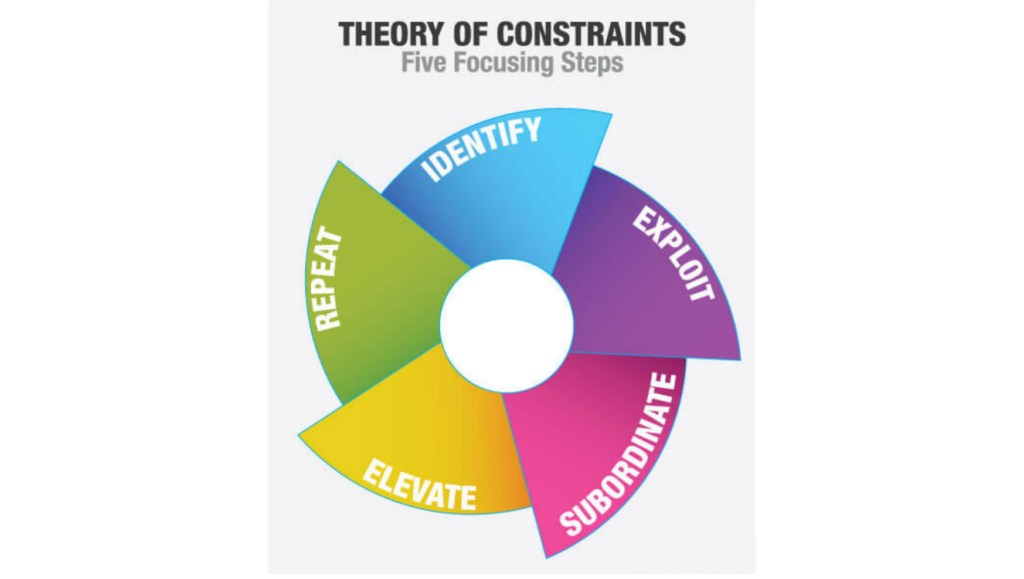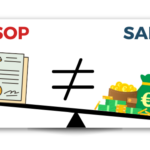The Theory of Constraints is a methodology for identifying the most important limiting factor (i.e. constraint) that stands in the way of achieving a goal and then systematically improving that constraint until it is no longer the limiting factor.
A successful Theory of Constraints implementation will have the following benefits:
- Increased profit (the primary goal of TOC for most companies)
- Fast improvement (a result of focusing all attention on one critical area – the system constraint)
- Improved capacity (optimizing the constraint enables more product to be manufactured)
- Reduced lead times (optimizing the constraint results in smoother and faster product flow)
- Reduced inventory (eliminating bottlenecks means there will be less work-in-process)
The Theory of Constraints provides a specific methodology for identifying and eliminating constraints, referred to as the Five Focusing Steps which are:
- Identify the constraint: Identify the current constraint (the single part of the process that limits the rate at which the goal is achieved).
- Exploit the constraint: Make quick improvements to the throughput of the constraint using existing resources (i.e. make the most of what you have).
- Subordinate and synchronize to the constraint: Review all other activities in the process to ensure that they are aligned with and truly support the needs of the constraint.
- Elevate the performance of the constraint: If the constraint still exists (i.e. it has not moved), consider what further actions can be taken to eliminate it from being the constraint. Normally, actions are continued at this step until the constraint has been “broken” (until it has moved somewhere else). In some cases, capital investment may be required
- Repeat the process: The Five Focusing Steps are a continuous improvement cycle. Therefore, once a constraint is resolved the next constraint should immediately be addressed. This step is a reminder to never become complacent – aggressively improve the current constraint…and then immediately move on to the next constraint.
To know more about this theory and its applications, read the entire article: https://www.leanproduction.com/theory-of-constraints.html
Share:





